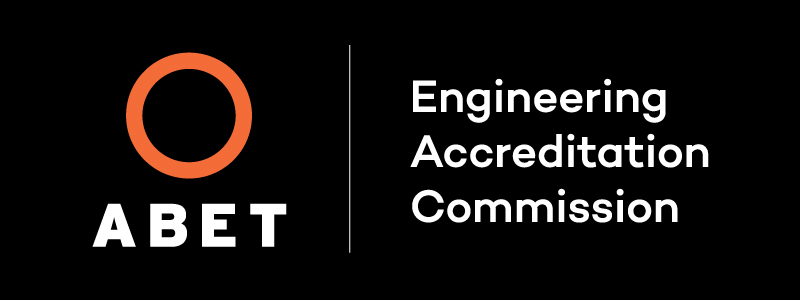ECE 4174 - Upper Atmosphere / Ionosphere Space Weather
Course Description:
Interaction of Earth’s upper atmosphere and space environment with spacecraft: processes that affect atmospheric density relevant to spacecraft orbit decay; basic composition and structure; radiation and radiative transfer; atmospheric energy balance; atmospheric chemistry and ion production/loss mechanisms; fundamental concepts of Solar-terrestrial physics including ionospheric Chapman theory; atmospheric energy/mass transport; ionospheric electrodynamics; ionospheric storms; planetary atmospheres/ionospheres; instrumentation
Why take this course:
The Earth’s upper atmosphere/ionosphere forms the inner boundary of the space environment and is the region where the majority of spacecraft reside. As society becomes increasingly dependent on technologies embedded in this environment it is imperative to develop improved understanding of its physical properties and dynamics during extreme disturbances produced by changes in solar activity. This course covers composition, structure, and dynamics of the upper atmosphere/ionosphere system and how it responds to external forcing from the solar wind and magnetosphere. These concepts are key to understanding how the interaction between this region and spacecraft can change over time. Students with such training will be better equipped to pursue career opportunities at aerospace corporations or other entities affected by or interested in the near-Earth space environment.
Learning Objectives:
- Contrast the vertical, latitudinal, and day-night structure of the upper atmosphere
- Apply the equations of atmospheric chemistry, radiation, and gas dynamics
- Contrast the vertical, latitudinal, and day-night structure of the ionosphere
- Apply fundamental concepts of Solar-Terrestrial physics including the equations of Chapman theory and ionospheric electrodynamics
- Interpret the storm-time response of the atmosphere-ionosphere system
- Contrast the atmosphere and ionosphere of Earth to other planets
- Categorize the principles of atmosphere/ionosphere measurement techniques



